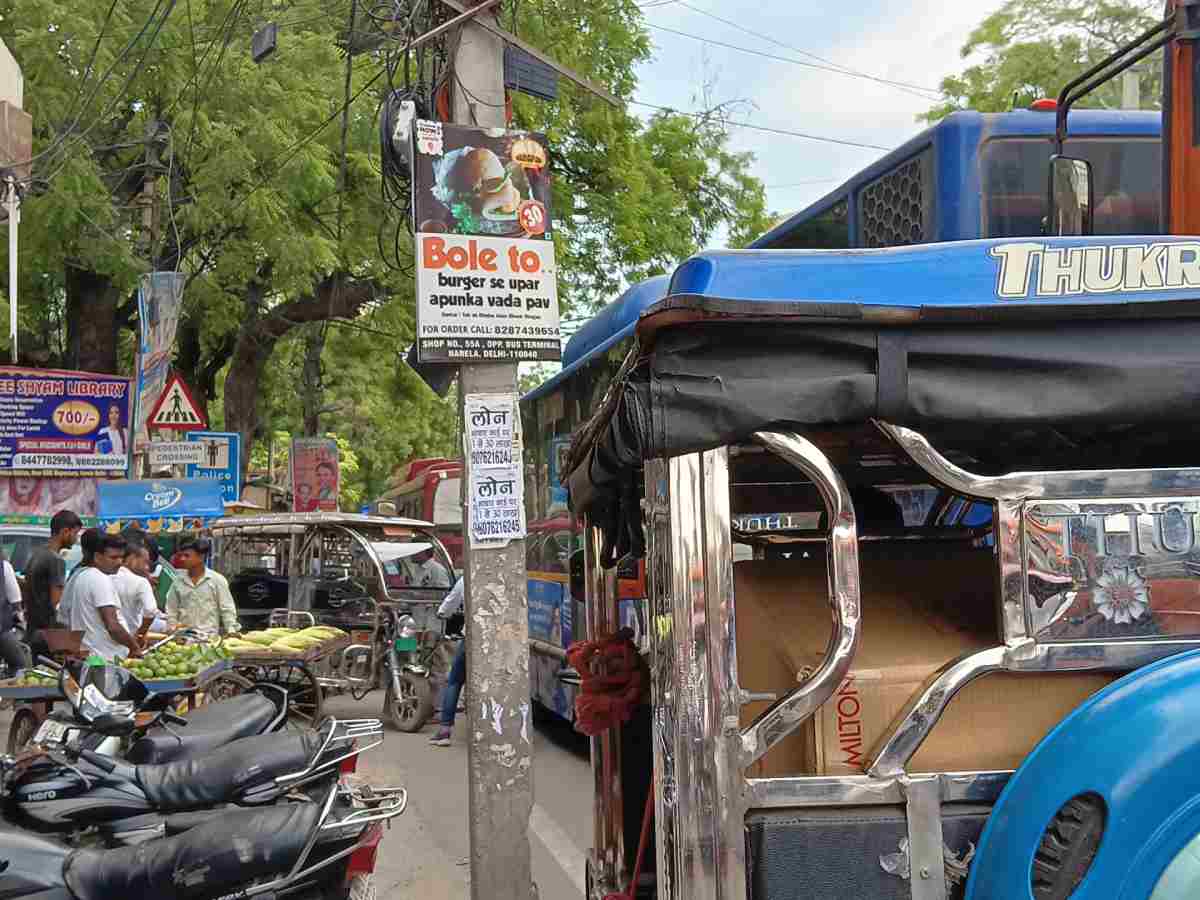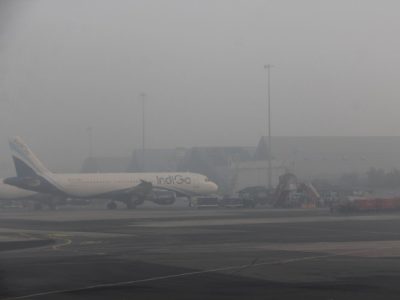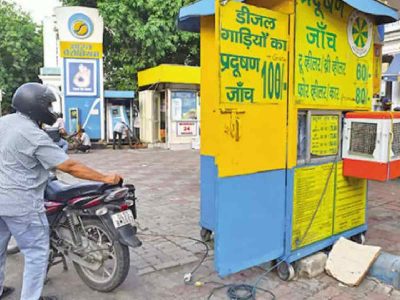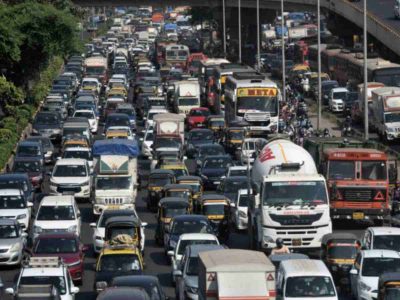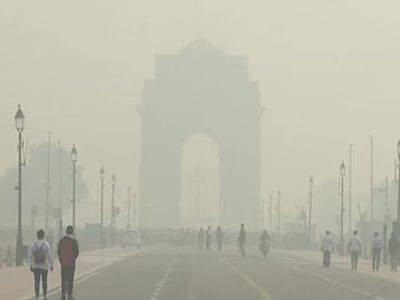Narela Education Hub: Following the tragedy at Old Rajinder Nagar, where three civil services aspirants died due to waterlogging on July 27, and the sealing of multiple coaching centres at Mukherjee Nagar, the Delhi government has formed a committee to discuss the shifting of education centres for competitive exams to the untapped localities of Rohini and Narela.
Although still undecided, the Centre through the Delhi Development Authority (DDA) had earlier decided to turn Narela into an education hub in January. According to reports, the DDA had allotted 181 acres of land to the formation of an education hub, with apartment complexes and other institutions also springing up there.
Presently, Narela provides shelter to only one educational institution — National Institute of Homeopathy, which started admit ting students in 2022. Following the decision, the DDA distributed land to seven universi ties — Delhi Pharmaceutical Sciences and Research University (16.7 acres), the Guru Gobind Singh Indraprastha University (22.4 acres), the Delhi Skill and Entrepreneurship University (10 acres), the Indraprastha Institute of Information Technology (20 acres), the Delhi Technological University (47.5 acres), the Delhi Teachers University (12.7 acres), and the Indira Gandhi Delhi Technical University for Women (50 acres).
Also read: Delhi: ASI to restore 400-year-old Barapulla Bridge in three months
According to officials, DDA had received Rs 1,300 crore for the land, besides additional revenue from flats. The decision also marked the distribution of 1,082 flats to the staff and for hostel accommodation for universities.
The DDA was able to sell 8,000 flats till January of this year from its unsold inventory. However, the 98.66 sq. km long sub-city is yet to see any form of organic habitation as much of its land remains untouched and uninhabited, owing to a lack of connectivity and lack of opportunities.
However, local authorities remain hopeful of an economic and population boom following the decision of the Delhi government to turn Narela and Rohini sub-cities into a hub for coaching centres for government exam preparations.
Considering the recent development, the building of educational hubs has been fast-tracked. To address the connectivity concerns in Narela, the National Highway Authority of India (NHAI) has started the building of the Delhi Urban Extension Road-2 to have multiple localities connected seamlessly between north, north west Delhi, IGI Airport and Gurugram.
“The highway will start at Bankoli village, which is just a 19-minute drive from here (Narela). It will also make connectivity to the airport, and other areas such as Dwarka, Najafgarh and Rohini much easier, making it a suitable place for students,” said Pawan Kumar Yadav, the Deputy Commissioner of Narela.
Highlighting that it is too early to make any speculations, Yadav said that the metro expansion will enable easier connectivity to the outer North West district locality. Presently, the nearest metro is 40 minutes away at Haiderpur Badli on the Yellow Line.
“The DDA has enough land here to hasten the process and provide land to the educational and coach ing centres to set up shop here. We are counting on the process to take some time so that the connectivity gets better here,” he said.
Both the UER-2 and the metro lines are slated to come up some time later, with the former scheduled to function from December. On the other hand, the metro is slated to be an extension of the Red Line from Rithala, which presently goes till Shaheed Sthal.
According to the Delhi Metro Rail Corporation, the corridor extension is slated to have 22 stations, being the first to connect three states — Uttar Pradesh (Ghaziabad), Delhi and Haryana (Kundli). The corridor will start at Rithala and extend till Kundli, with the major stations being seven sec tors in Rohini, villages like Barwala, Sanoth, New Sanoth, and five stations at Narela — Anaaj Mandi, Narela DDA Sports Complex, Narela Village, Depot Station and Narela Sector-5.
“The Narela sub-city, where DDA under the direct supervision of LG VK Saxena is developing an education hub with campuses of seven Delhi Universities and Institutions, Multi-Modal Logistic Park along UER-II, Corporate Offices / IT-ITeS Parks, an AIIMS and IGTUW Medical Campus, will get a major boost with the construction of this lifeline by Delhi Metro,” the LG office had said.
However, the sub-city’s development is running at a slow pace with the metro being scheduled to start functioning in the next four years, tentatively. Presently, Narela suffers from heavy traffic congestion and an acute lack of connectivity both by road and rail, yet, a mini education hub thrives near Narela Mandi.
Densely populated and a hub to smaller coaching centres, the sub city proves home to multiple aspirants who wish to appear for Delhi centric competitive exams such as the Staff Selection Commission exams for Delhi Police and for jobs in the state government.
On the other hand, banking aspirants also find their way inside the libraries that exist few and far between.
However, unlike the libraries at Old Rajinder Nagar and Mukherjee Nagar, these are based on floors above ground level, charging at most Rs 1,000 for a seat per month.
“The reason for the rates being so low is because of a lack of demand. There are only a few libraries around here with a few coaching centres. The area has not been able to attract UPSC aspirants. The population boom through a shift in coaching centres will be beneficial to all, especially the businesses here,” said Aarti Kaushik, the manager at Study Haven Library.
According to the manager, most of the aspirants belong to nearby areas such as Bawana, Narela and others, with only a handful showing up from the border areas of Uttar Pradesh and Haryana.
“There is not much connectivity or opportunity here to encourage an aspirant to move here. Only recently has the concept of Paying Guests and renting arisen here. Since there is a glaring lack of people coming here to stay, the rates are also fairly low here with a single BHK starting at Rs 4,000,” said Kaushal, a student appearing for his SSC test this year.
He added that the influx of students would not happen until there is an absolute overhaul in connectivity and resources.
“Most of Narela is empty and some places beyond the market area don’t even have water. Moreover, if there is no connectivity, there is no way for students to make their way here,” he said.
With barely enough space to function, traffic congestion is also a major problem in the sub-city.
Also read: Delhi Traffic Police issues advisory for Independence Day celebrations
According to residents, the area witnesses a traffic jam every day which can stretch on for hours on end with multiple cluster buses functioning inside narrow lanes. Yet, there remains a dearth of buses which connect it to the nearest metro station.
“There is only one bus that can take a person to the nearest metro and that itself functions very rarely. Otherwise, we mostly have cluster buses which function for very short distances. If the coaching centres get shifted here, it can help in sorting out the entire situation,” said an e-rickshaw driver.
According to an urban planner with the Municipal Corporation of Delhi (MCD), the development of Narela was a long time coming but without fundamental connectivity to the rest of Delhi, it will prove to be a major misstep.
“Narela’s development was set to come about in mid-2000s but now, we are actually seeing strides towards it. However, just the set ting up of universities will not help address the situation of getting people to start residing there if more roads or metro rail connectivity are not built in time,” he said.
Earlier on July 30, L-G VK Saxena had ordered the Chief Secretary Naresh Kumar to formulate long and short-term measures to have coaching centres shifted to other areas, such as Narela and Rohini.

